Christmas in the Collection
 By Katie Clark
By Katie Clark
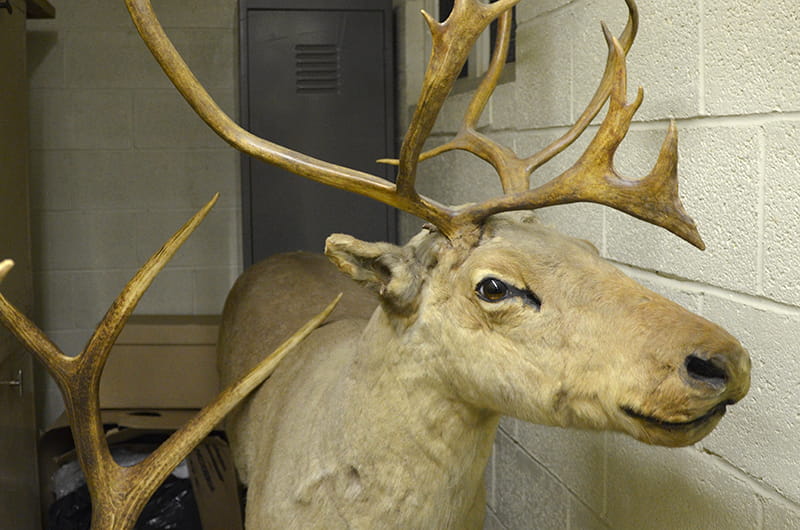
One Friday afternoon this December, I showed up unannounced at the Academy of Natural Sciences with camera in hand. I challenged myself to work with the museum’s collection managers, curators and other staff to find at least half a dozen Christmas- or winter-themed specimens in the collection of more than 18 million items.
In about two hours, I met the challenge.
Some of the below specimens are a bit of a stretch, and some are even a little dark, but the Academy staff members and I made it work. Because I only had one afternoon to do this, I didn't make it to every collection (maybe next year).
My thanks to those whose offices I barged into and who I cornered in the hallways for taking the time to help me search the Academy’s extraordinary collections.
Partridge (in a pear tree….)

This specimen of a female grey partridge, or Perdix perdix robusta, was collected from Kazakhstan in the year 2000. It is one of more than 200,000 specimens that make up the Academy’s Ornithology Collection.
Polar bear

What’s Christmas without our friends from the North Pole, Ursus maritimus, more affectionately knows as the polar bear. This diorama is one of the Academy’s signature exhibits. There are 37 dioramas in total at the Academy, the majority of which were created between the 1930s and 1950s.
Big-eared bat
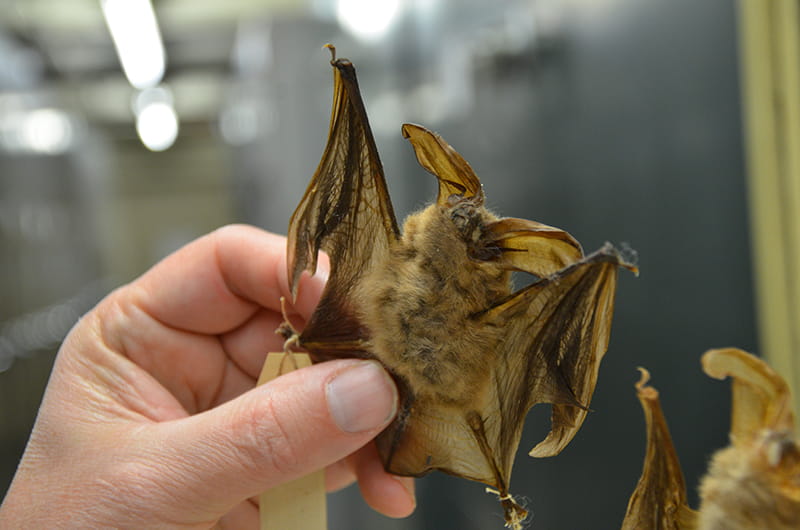
The ears on this big-eared bat (Corynorhinus townsendii) specimen from the Academy’s Mammalogy Collection reminded me so much of Santa’s little helpers, I just had to include it in this article. This specimen was collected in California in 1931.
Reindeer antlers

This reindeer specimen, also known as Rangifer tarandus or caribou, was collected in 1932, although a location is not known. For some reason, this particular set of antlers is attached to a skull that is missing its nose cavity. Makes you wonder…..
Snow leopard

This snow leopard (Panthera uncia) skull, was acquired in 1994, although the location is not known. It is part of the Academy’s teaching collection, which means it’s regularly used in workshops and in the museum’s public spaces for visitors to observe.
Mistletoe

This specimen of mistletoe, or Viscum album L., was collected in 1882. The herbarium of the Academy holds nearly 1.5 million specimens, including some of the oldest and most important plant collections in the Americas.
The Christmas beetle
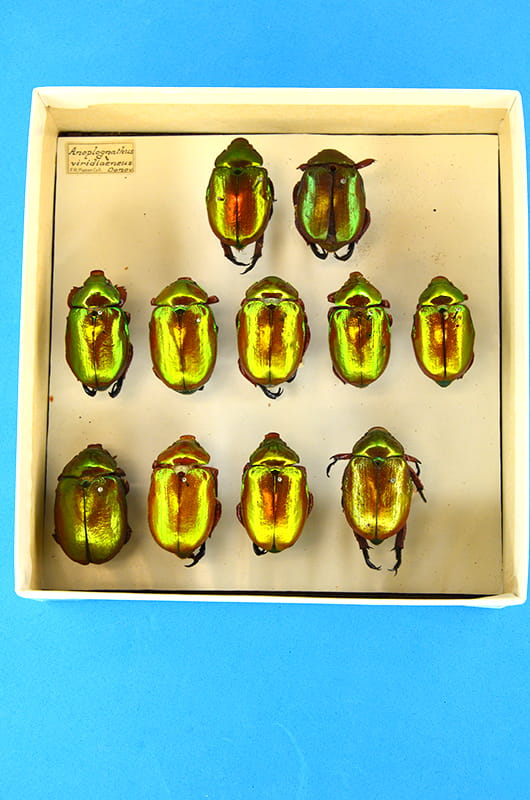
That’s right, the kindly folks in the Entomology Department took my challenge literally and found specimens of the western Australia scarab beetle genus Anoplognathus, commonly known as the “Christmas” beetle. Can you guess why? These specimens were collected in Australia in the early 20th century.
Not to be outdone, native to the southwestern United States is a beetle in the same scarab subfamily that's pretty Christmas-y, it's Chrysina gloriosa (below), looking splendidly ornamental in all its green and gold glory.
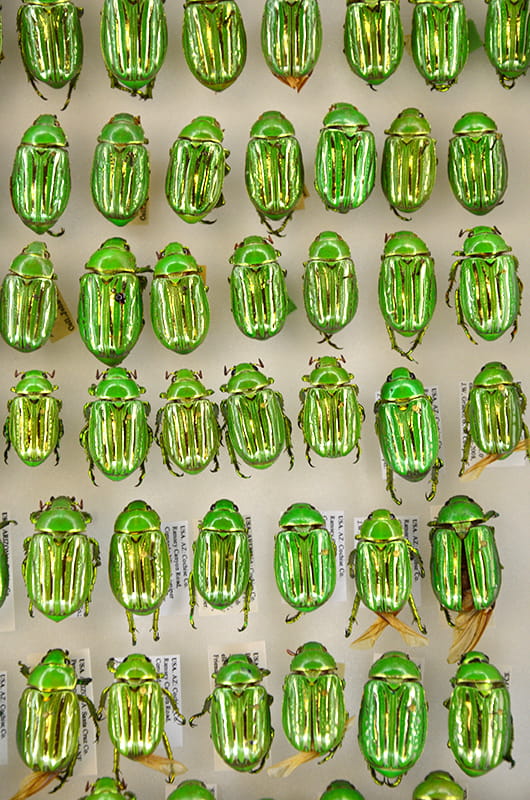
The Christmas darter
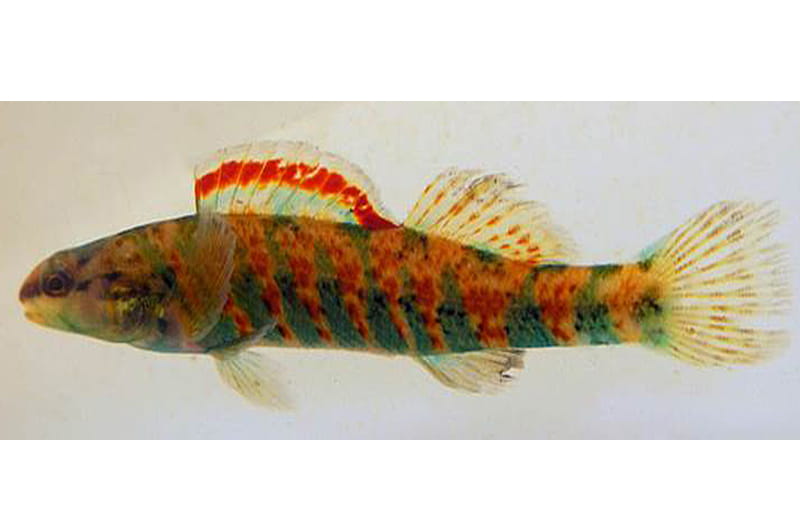
This specimen of a Christmas darter, also known as Etheostoma hopkinsi, was collected in 1945 in the Altamaha and Ogeechee River drainages in South Carolina and Georgia. As you might guess, this red and green-striped beauty is a male specimen; females are typically more drab in appearance.
Happy holidays!
Drexel News is produced by
University Marketing and Communications.
